Buying your first motorcycle is a dream and an unforgettable experience for some. Purchasing a vehicle is an investment and makes you independent and flexible. Since covid-19 pandemic, the demand for motorcycles has escalated due to health and safety reasons. Also, owning your own vehicle makes it easier to commute from one place to another.
There is also a possibility that some people make reckless, impulsive decisions due to the buzz or excitement of buying their first bike. You must know the answer to some important questions before buying your first motorcycle. Get equipped with the information and know-how to do it right! This guide serves as your checklist and asks 7 key questions when buying your first motorcycle.
1. Select the Type which Best Suits your Lifestyle
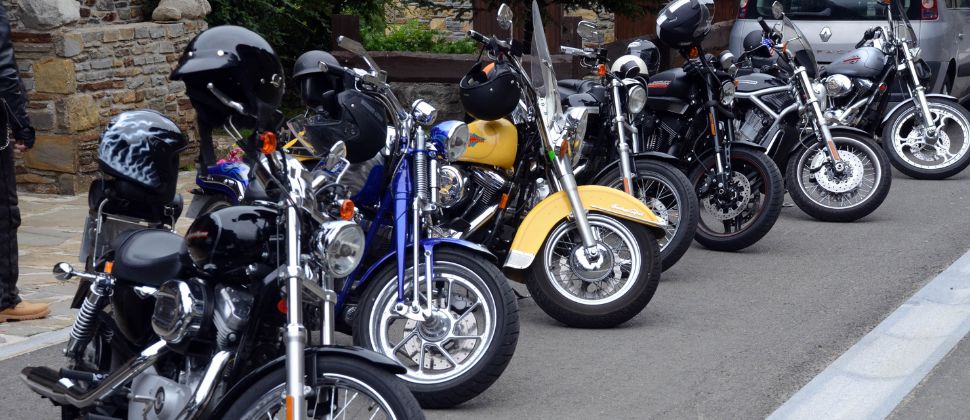
Motorcycles come in a variety of types in terms of style and performance. Before spending money, compare the option below to know which type of motorcycle is best suited for you.
- Sport Bikes: Sportbikes might be your thing if you love speed. These compact, lightning-fast motorbikes are built for speed and movability on the racetrack. However, you should always start with the basic model before upgrading versions.
- Cruiser Bikes: When most people think of motorbikes, they picture the classic “chopper” style bikes. They are frequently bulkier, heavier, and designed for comfort over speed for long-distance travel. These bikes are customizable.
- Naked Bikes: These are a trending segment of bikes that bridges the gap between cruiser and sports bikes. If you want to enjoy the thrill of riding and are a novice, this bike style is the best option for you.
- Journey Bikes: If you’ve seen riders traveling in distant, off-the-beaten trails, high mountains, and deserts, they’re undoubtedly riding an adventure motorcycle. Such motorcycles are designed for the greatest adventure, perform superbly off-road, have strong engines, and have tough and adaptable features.
- Cafe Racers: Inspired by European motorbikes from the middle of the 20th century, cafe racers are compact, quick, and lightweight. Their expert movability makes it ideal for beginners. If you are looking for something stylish you can opt for these bikes.
2. Consider the Purpose of the Motorcycle

Before you start your hunt for the perfect bike, it’s important to consider where you will be taking your new ride. Will you mostly be using freeways and city roads? Or do you plan on venturing down small roads and mountain paths? Knowing which rides are in your future will help to narrow down the type of bike that would best suit your needs. Choose a lightweight bike for faster speeds, or one with more suspension for dirt road adventures – the possibilities are endless!
How, when, and where you are going to ride the motorcycle plays a really significant role in determining what kind of motorcycle you are going to buy. For instance, if you are going to use the bike for a daily commute then you might prefer the bike with a small engine and good mileage. Similarly, if you want a bike to ride across the country then you may need a touring bike or you may be biased toward a certain brand or certain style of motorcycle. These factors will help you decide and clear out the idea about what exactly will be the purpose of your motorcycle.
3. Examine the Level of Experience- Pro or Novice
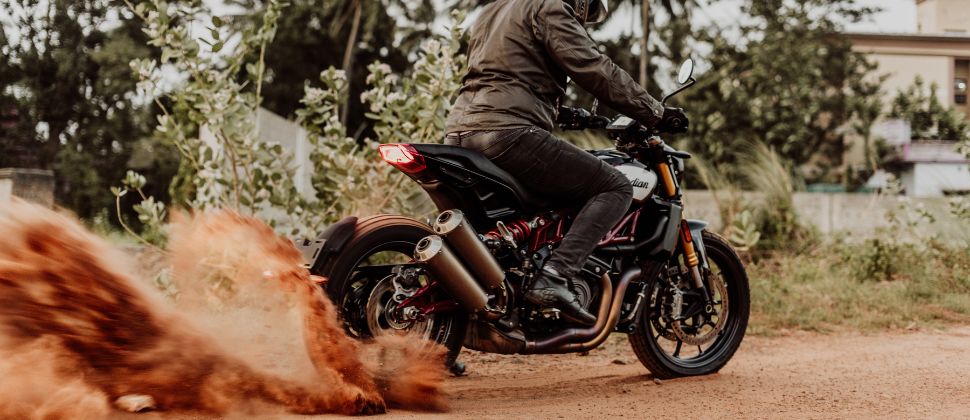
Knowing your skill level is an important question to ask yourself when looking for that perfect motorcycle. There is a range of bikes to choose from – from small scooters to high-power cruisers, and it’s important to choose the best fit for your skill level. If you’re a beginner, opt for a bike with less power but more control – like a smaller one or if you’re experienced go for something with more muscle. As your skills grow, so can your choice of bike.
It is advised that you select a small-sized engine bike with easy control if you are a beginner. Typically, an engine size of 500-700cc is suitable for beginners. Usually, it is simpler to manage. However, it entirely depends on the preference, level of expertise, and experience of the rider. Additionally, choosing bikes with tiny engines will save you money. But once you gain experience, you can always upgrade to the powerful version. However, if you are a pro, you have access to a vast variety. You can always move from a moderate motorcycle to one that is more powerful.
4. Plan your Budget

Plan your budget before buying your first motorcycle. This is an important factor you should consider after selecting the type of bike you want to purchase. Check the popularity and reviews of the bike before investing to make sure it has good resale value so that when you are ready to upgrade, you don’t have to lose much of an investment. Make sure that the price of the bike and insurance are in line with your budget because the CC in your bike does affect your insurance expenses.
Along with the bike you will need certain accessories before hitting the road for example helmet, safety gear, gloves, jackets, etc. to ensure a safe and pleasant experience. But don’t compromise with the quality of the motorcycle as it is going to be your long-term companion for the coming years.
5. Suitable Weight and Comfortability
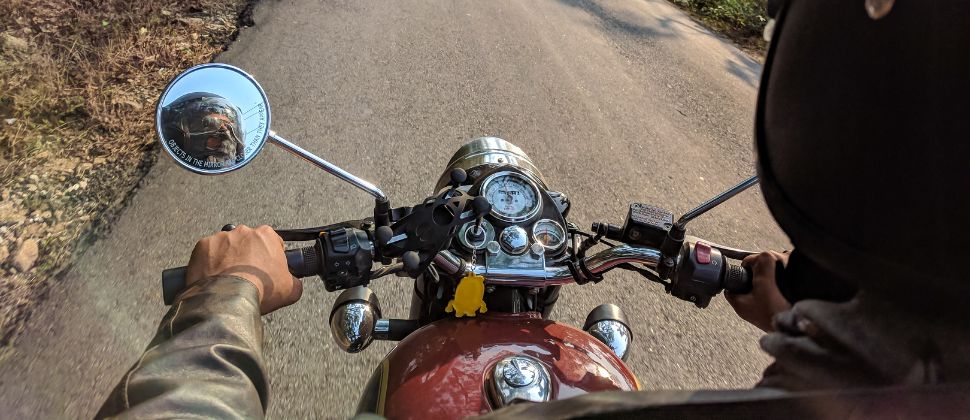
If you are a beginner it’s important for you to find the right fitted bike for yourself. So, be sure you try the motorcycle before buying. Below are a few things you should look for while trying the bike:
- Make sure that your arms can reach the handles and the brakes so that you can easily move them left and right without making a lot of movement.
- Your feet should comfortably touch the ground, and rest your feet and gears to ensure better control and smooth rides.
- Try pushing around and lifting the bike manually to check if you can handle the weight of the machine.
The right weight and height of the bike ensure comfortability, better control, and easy handling which further results in a safe and hassle-free commute.
6. Check Maintenance Cost
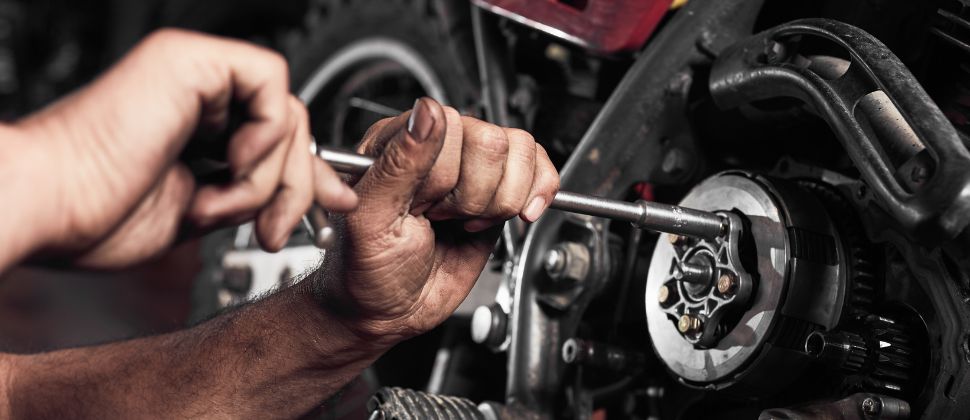
Every motorcycle demands timely maintenance for its smooth functioning and for a longer life span. The service charges vary depending on the type of motorcycle you are buying. So, along with acquisition cost you should also consider the maintenance cost of the bike. Motorcycles require regular maintenance with costs varying based on the make and model of your bike. It’s important to realize that some motorcycles require more frequent oil changes, while others may need new tires more often than other models. Make sure you factor in these estimated maintenance costs when looking at price tags, as this will help give you a more accurate understanding of your overall cost of ownership!
Additionally, it may be a good idea to ask dealers about any additional manufacturer warranties which might be available for the motorcycle. These warranties can help to cover the cost of certain repairs and maintenance, helping you save money in the long run. Additionally, it might be wise to look into optional service plans offered by dealerships as well. These plans make certain services more convenient and come with a pre-determined flat fee that covers several services over time.
7. Insurance Cost
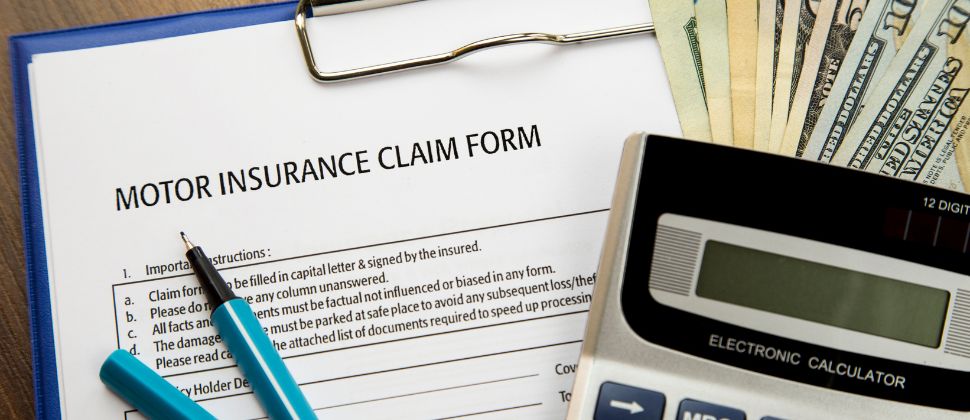
Before buying a motorcycle, it is important to factor in the cost of insurance. Insurance requirements vary depending on your state, but some general guidelines exist for purchasing motorcycle insurance. Look into coverage types such as property damage, bodily injury, and collision. Make sure you understand the difference between liability and comprehensive coverage before making a purchase. You will have to spend money in addition to the bike’s price while buying a bike. In order to adhere to the confines of traffic legislation, you must also get bike insurance. Bike insurance covers damage due to accident, theft, or damages that occurred to third-party vehicles in case of an accident. Additionally, having insurance is very advantageous because it guards your bike against all kinds of monetary losses.
Conclusion
The bike you want to buy totally depends upon your personal preference and style. The above guidelines will only help you with the necessary question you should look for before buying a motorcycle. Now with the help of these guidelines, you can start soul-searching for your new motorcycle considering the above factors.
Frequently Asked Questions
What CC Is Good For Beginners?
A good starting point for beginner riders is a motorcycle with a 250-500cc engine, depending on the type of riding you plan to do. This size gives good power and torque, allowing you to practice your skills in a variety of conditions and get used to the bike’s power output.
What Are The ABCs Of Bike Checks?
The ABCs of bike check refer to the steps necessary to properly assess a motorcycle before you ride it – checking the air pressure and oil levels, examining the brakes and clutch, looking for loose parts, inspecting lights and tires, lubricating chains and cables, and more. Checking these components ensures that the bike will be safe for you to ride.
What Are Some Safety Tips For Biking?
When biking, always wear a helmet. Make sure to stay visible by wearing bright clothing and/or reflective gear, and using bike lights at night. Be aware of your surroundings and always ride with traffic. Make sure to come to a complete stop at stop signs and obey all other laws regarding bicycle riding. Finally, it is important to maintain a steady speed that you are comfortable with, so you can be in control of your bike at all times.
How Do You Inspect A New Bike?
Before you hit the road on your new bike, it’s important to inspect every part for safety and functionality. Inspect the tires for bald spots or leaks, make sure that the brakes work properly and don’t rub against any parts, and ensure the derailleur is set up correctly and that there are no loose bolts or parts. Finally, check the chain to make sure it’s properly lubed so that everything works smoothly.




